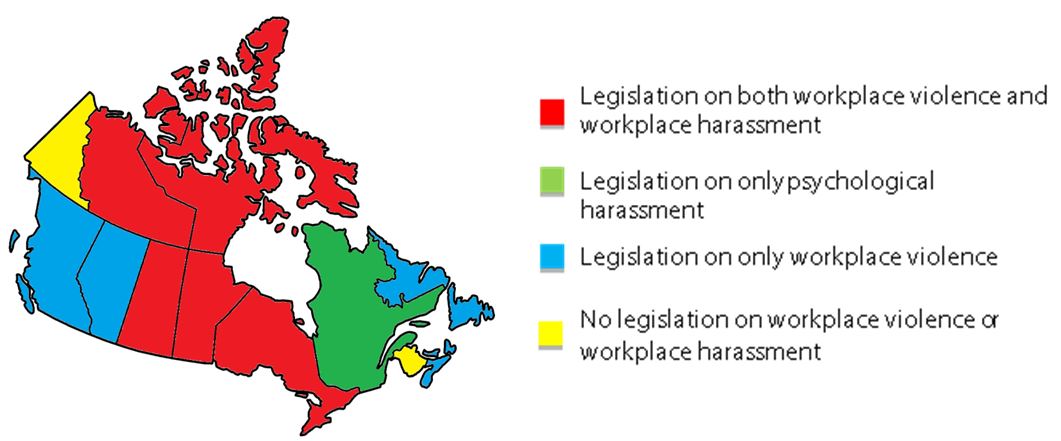

Why is New Brunswick proposing new regulations on workplace violence?
Stakeholders from the health care, education, retail and other sectors have raised concerns about sources of violence in their work environments and the impact it has on their employees and business.
Health care staff provide around-the-clock care. As a result, many staff working emergency rooms, psychiatric units and in long-term care facilities like nursing homes, encounter systemic workplace violence. A 2016 New Brunswick Nurses Union (NBNU) survey stated that among New Brunswick nurses, three out of 10 faced physical violence on the job and 73% of registered nurses encountered harassment while carrying out their daily duties.
New Brunswick remains one of few Canadian provinces and territories without workplace violence or harassment in its occupational health and safety legislation. The proposed provisions could apply to all workers, or specific industrial sectors.
Many employers are recognizing the impact of violence and harassment in their workplace and, as a result, are developing solutions and strategies to address the problem. An increase in awareness is usually accompanied by a decrease in tolerance for incidents of abuse.
Violence and harassment is an issue that can affect all business sectors and occupations:
It brings high costs to the employer, including:
|
What is workplace violence? |
What is workplace harassment? |
|
All jurisdictions with legislation addressing workplace violence and harrasment provide a definition of what that term includes. Definitions of workplace violence include some of the following language:
|
All jurisdictions with legislation addressing workplace harassment provide a definition of what that term includes. Definitions of workplace harassment include some of the following language:
|
What are other jurisdictions doing?
All jurisdictions have some form of legislation on the topic of workplace violence and/or harassment except for New Brunswick, Quebec and the Yukon. Out of the nine jurisdictions with workplace violence legislation, four also have separate legislative provisions for workplace harassment. Quebec only has legislation on psychological harassment.
 |
In all Canadian legislation on workplace violence and workplace harassment, none treat the topic of workplace violence and harassment as one issue. Where a jurisdiction includes both violence and harassment in its legislation or regulation, the two topics are not combined but rather have separate sections that include their specific provisions. Currently five out of 12 (42%) Canadian jurisdictions have workplace harassment legislation enacted.
Frequently Asked Questions regarding the recent consultation